Graphics Reference
In-Depth Information
Because most pressruns use paper slightly larger than the finished piece or gang several
pieces on a single sheet, waste must be cut away and pieces cut apart. All straight line
cuts are called
trims
. Trim lines are indicated by crop marks so that whoever is trimming
the job will know where pieces needed to be cut. Trimming a job is included in the cost
of printing, and is not the same as perforating, making die-cuts, drilling, or punching
holes. These applications are performed at an additional charge. For more information
on perforating, die-cuts, drilling and punching, see Finishing Techniques.
Finishing techniques are applied after a job is printed to create a special effect that can't
be achieved with ink. They also include special cuts and trims that are part of the design
or applications that make a piece easy to fold, tear, or ready for binding.
Embossing:
Paper is pressed between
two molds called
dies
, typically made
from magnesium or brass. The molding
of the paper between the dies results in
a raised impression. If an impression
is molded so that it is lower than the
paper's surface, it is called a
deboss
.
Embossing can be combined with a
printed image or foil stamping to enhance
the three-dimensional appearance of the
image. An embossed impression made
independent of a printed or foil-stamped
image is called a
blind emboss
. Soft,
uncoated papers generally take a bet-
ter embossed impression than hard or
smooth coated papers. Papers with a tex-
tured finish are often preferred because
they render a smooth impression that
contrasts favorably with the surrounding
texture. Text and light to midweight cover
stocks work best. Lightweight bonds
and writing papers tend to be too thin to
show off an emboss, whereas, heavier
cover weight stocks can be too thick to
be molded. Embossing is frequently used
on brochure covers, stationery, business
cards, and pocket folders.
Embossing requires two matched dies (male and female
counterparts). One of the dies is heated as the paper is
pressed between, resulting in a raised impression.

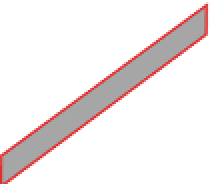



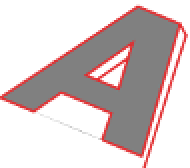
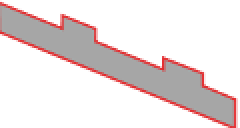
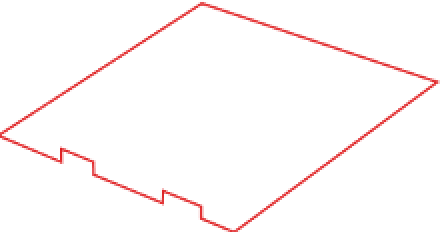

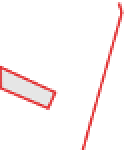
































Search WWH ::

Custom Search